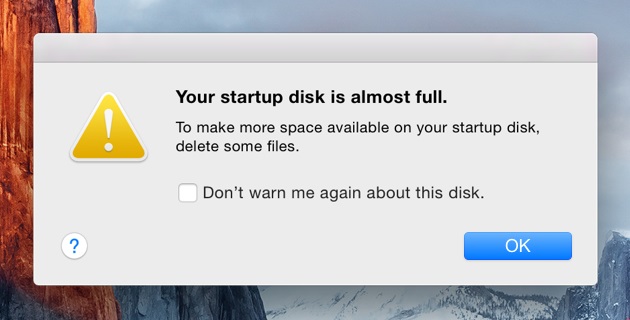

Reclaimed X.X GB out of XXX.X GB possible. % hdiutil compact /Volumes/TimeMachine/YourBackup.sparsebundle To recoup the space, run the following command in Terminal (replacing the ‘Yourbackup’ entry with the necessary backup name): Unlike a normal folder or disk image, when you delete a file in a sparse bundle, it won't change the container size. While it works just as well as the local backup version, an extra step is needed to actually recoup the space gained by deleting earlier backups due to its format. If you are backing up your Mac over a network (be it wired or wireless), you'll find the Backups.backupdb folder inside a container called a “sparse bundle disk image”. Local backups are stored in a single Backups.backupdb folder at the top level of the external hard drive. There are notable differences between the normal (or local) Backups.backupdb folder and a backup made over a network. There is a trick, however: the second backup folder contains hard links to the items that remained unchanged. Another dated backup folder is then created with the second backup, and this repeats each time. When Time Machine does the first backup, it copies everything (except trash and system work files) and creates a dated backup folder (year-month-day-hhmmss) in the Backups.backupdb folder, placing hard links in it to all the backup copies it has just made. Time Machine uses this log to find out what's changed and what needs to be backed up. But this won't list every file that has changed instead, it will list the directories affected. Time Machine uses File System Event Store, a hidden log macOS keeps of changes made to the data on each HFS+ formatted drive or partition. For that it is possible to compress Time Machine backups, but before you start deleting and compressing backups you need to understand how Time Machine works. Since every external storage device has its own physical limits, if you are going to keep that drive in the long run then it's good to optimize your backups so that they occupy less space. That's particularly true if you haven't set up any exceptions in Time Machine preferences, and everything is saved, even applications. Space can always be saved on your backup if you delete junk, cache and temporary files before you back up the computer.

Time Machine has its own scripts for housekeeping, but sometimes (such as when you see the “Time Machine could not complete the backup” error message) you may need to intervene to clean up space on your Time Machine drive. It is recommended that you back up before every major action, but as you start using the feature you'll see that you don't really need to back up your Mac on a daily basis. To use it you’ll need an external storage solution such as an external hard drive (or SSD) connected via the USB, Thunderbolt or FireWire port on your Mac, the Time Capsule or macOS server on your network, or the external hard drive connected to the AirPort Extreme base stations on your network.
#How to free up space on mac for macintosh windows
One of the things you'll love about your Mac – especially if you have recently switched from Windows – is Time Machine, the built-in backup feature.


 0 kommentar(er)
0 kommentar(er)
